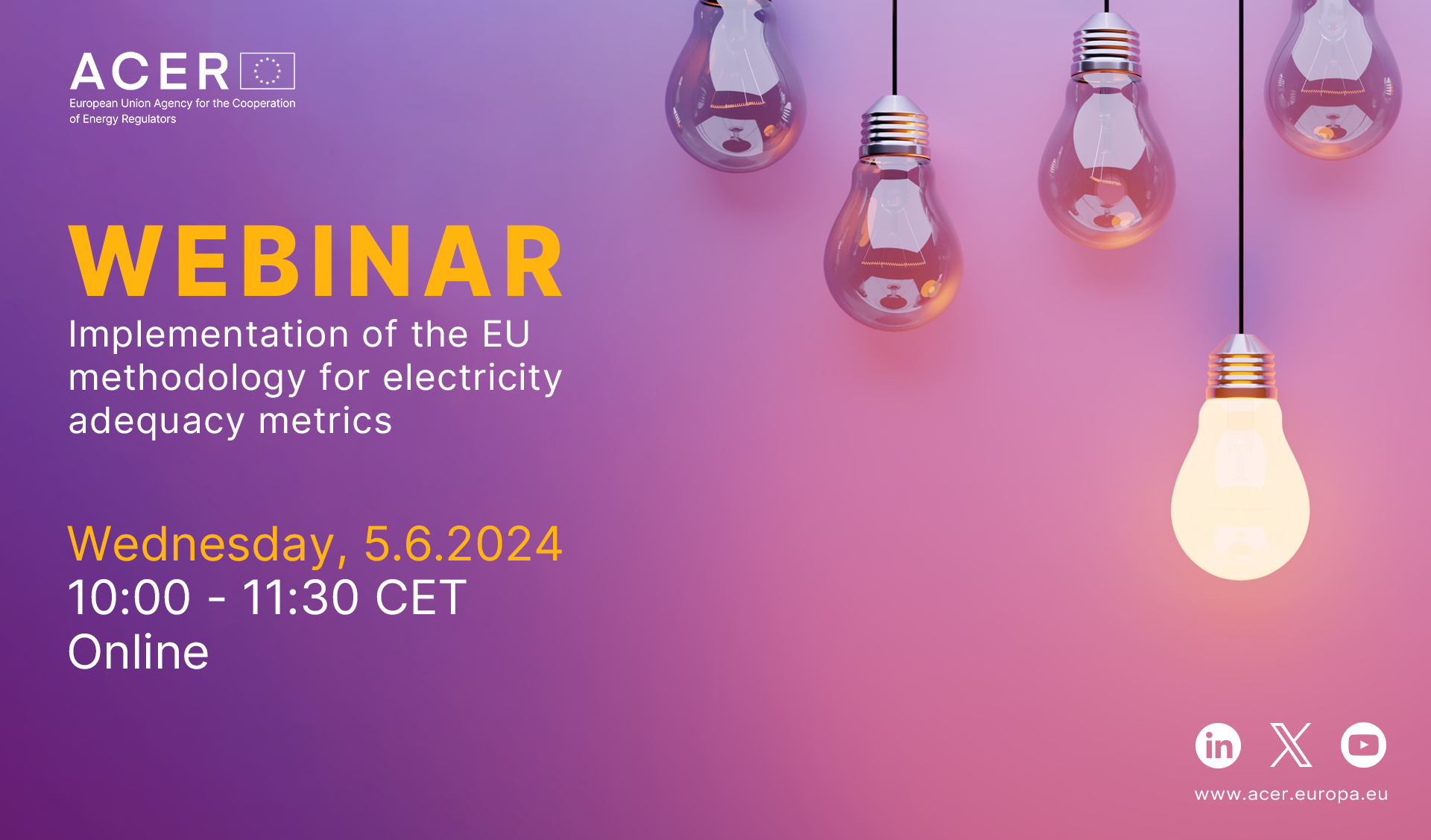ACER to consult on the implementation of co-optimisation in the electricity price coupling algorithm methodology

ACER to consult on the implementation of co-optimisation in the electricity price coupling algorithm methodology
What is it about?
In November 2023, ACER received a proposal from Nominated Electricity Market Operators (NEMOs) for amending the ACER’s 2020 methodology for the price coupling algorithm and the continuous trading matching algorithm.
The methodology sets the regulatory framework for:
- the algorithms used for matching bids from market participants; and
- allocating cross-zonal capacities in the European day-ahead and intraday electricity markets.
Thanks to a coordinated calculation of prices and flows, which is referred to as market coupling, available cross-zonal capacity is used more efficiently and price differences are reduced.
Amending the methodology, in particular the day-ahead coupling algorithm, is needed to enable a co-optimised allocation of cross-zonal capacity for the exchange of balancing capacity or sharing of reserves. This would facilitate the integration of the balancing capacity markets and allow for a more efficient use of cross-zonal capacity.
Where does ACER stand in the process?
Following the receipt of the NEMOs’ proposal in November 2023, ACER initiated a procedure to decide on the proposed amendments within six months. To collect inputs from relevant stakeholders and inform its decision-making process, ACER ran a public consultation and hosted a workshop in early 2024.
In October 2023, ACER commissioned a consultancy study to assess the expected benefits of implementing co-optimisation in the day-ahead coupling algorithm as compared to the current market design. The study includes insights on the design of bids that would allow to best capture the interactions between day-ahead and balancing capacity markets, while maximising the expected benefits of co-optimisation. The study could not be completed in time to be part of ACER’s public consultation in early 2024.
For this reason, and based on stakeholders’ input collected so far, ACER will conduct a second public consultation (from 27 May to 19 June 2024). This consultation aims to gather stakeholders’ perspectives on the study’s findings and identify further research and development necessary for implementing co-optimisation.
Interested in the study? Register for our webinar (10 June 2024) to explore the study’s key findings, discuss opportunities and challenges of implementing co-optimisation, and engage with experts.
ACER will consider the consultation and webinar outcomes when drafting the proposed amendments to the methodology.
What are the key dates?
- Publication of the consultancy study: 27 May 2024.
- ACER public consultation: 27 May - 19 June 2024.
- ACER webinar: 10 June 2024.
ACER expects to decide on the amended methodology for the price coupling algorithm and the continuous trading matching algorithm by early autumn 2024.
Update as of 24 September: with its Decision 11-2024, ACER adopted the amended methodology.






